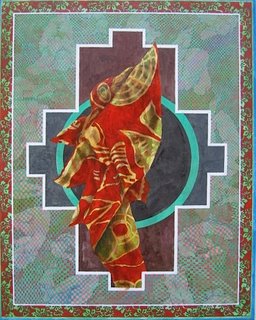
On BBC’s “Bright Lights” recently, David Schoffman was asked by Philip Tenson, the program’s obsequious host, how the city of Los Angeles had affected his work. As a native New Yorker, David is asked that question often and each time he modifies his answer. Perhaps reckoning that his British audience would not take umbrage, David delivered, what in my mind was his most thoughtful response.
“Los Angeles,” he began, “is a city, staggering in its ugliness. It ranks up there with Riyadh, Chernobyl and Tucson. A day does not go by where I am not struck by the city’s total disregard of urban design. It is a hodge-podge of competing affronts. It is a mass of crushing aesthetic neglect. Braids of cumbersome billboards clumsily project into the sky like lopped fingers. Pedestrian-free boulevards sob with a constant stream of slow traffic. Priapic palm trees compete joylessly with the ubiquity of cement.
“An artist can’t help but thrive in such an environment. A place so estranged from beauty, so indifferent to its own toxic shadows is an oven of ferocious artistic resentment. Every act, every thought, every gesture by the artist is an act of rebellion and critique.
“It’s an emboldening atmosphere where every creation, however slight will be an improvement. So hostile is Los Angeles to the inner eye that even minor talents thrive there.”
“Bright Lights” is fortuitously broadcast immediately following Great Britain’s most popular half hour drama, “Porticoes and Transoms” and David’s interview attracted over half a million viewers. London’s Daily Mirror reported that following the show, travel agents experienced a wave of cancellations of trips to L.A. The most popular substitution was apparently Houston.



























